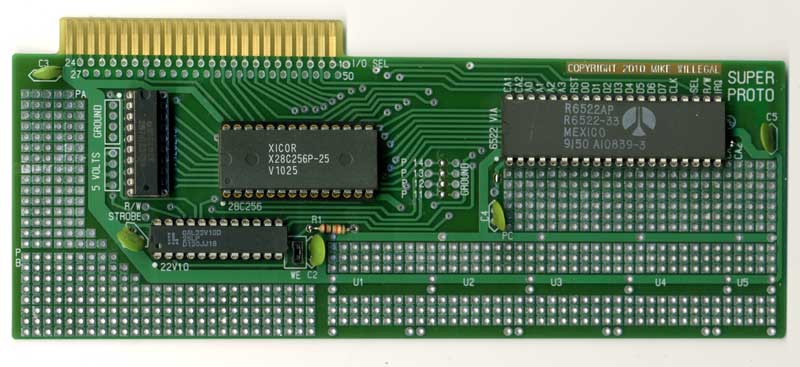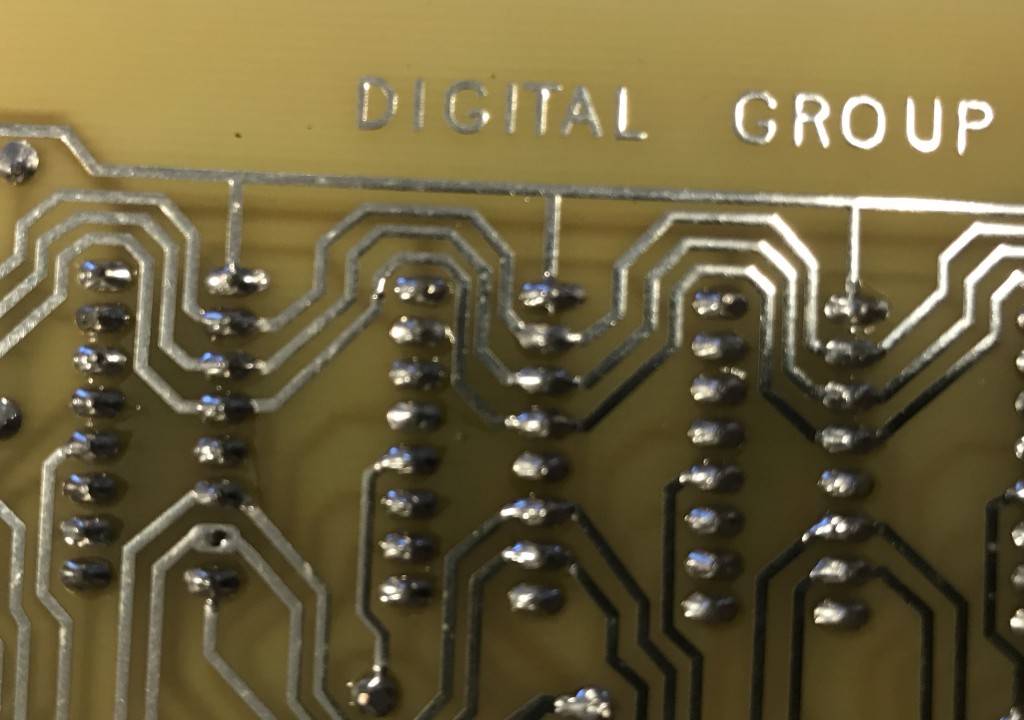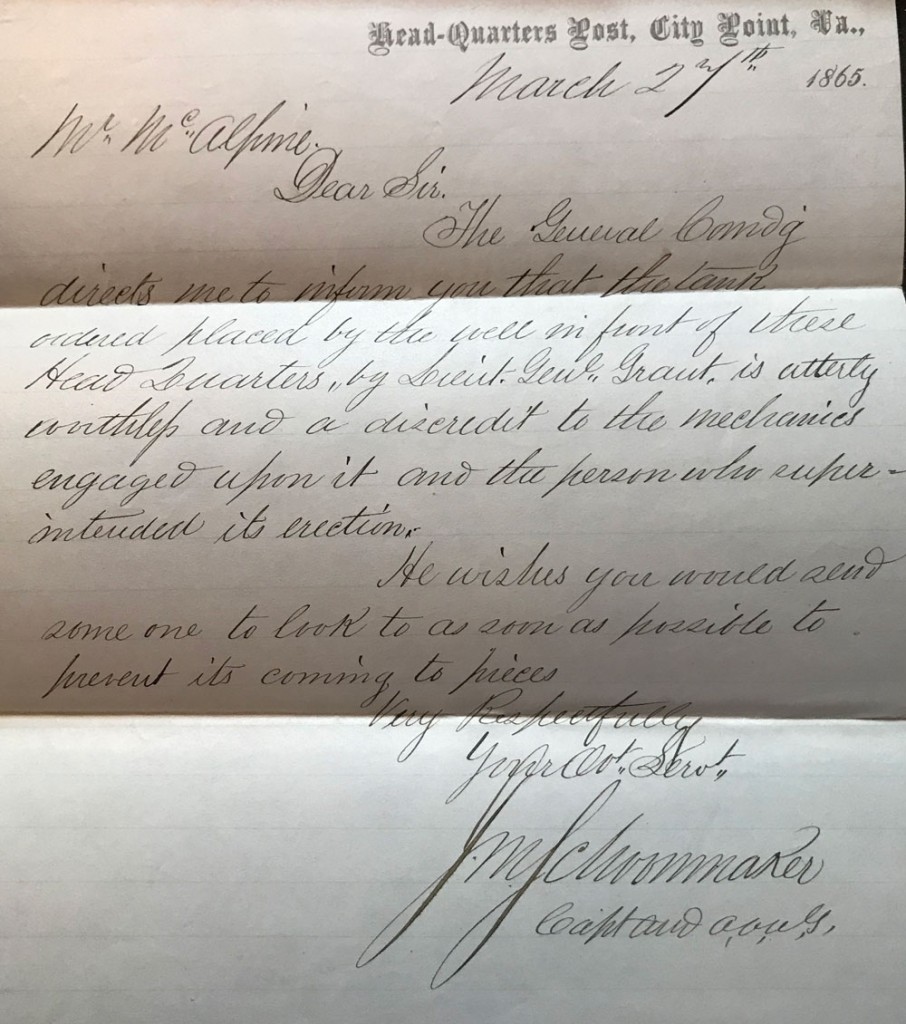This is version 3.1 of the OS/X SCELBI app and can be downloaded from the usual page.
There is only one change in this version. It turns out that when 0xFF is written to it, the actual Digital Group Video hardware, sets the address to 255 and writes 0xFF to memory. The old version of my app just set the address of video memory to 0x0 and did not do the write. I found the discrepancy when testing a new Video MCMON monitor with real hardware.
This leads to a bunch of new stuff that I will be making available over the coming weeks. I will be adding this new DG video version of MCMON to my MCMON download page.
I also have a DG video version of Hangman that just needs final testing on real hardware. This is going to make a great display for the next VCF event that I manage to make it to.
I have crafted a minimal SCELBI cassette read program that is small enough that it can entered in a few minutes with MCMON. This will allow loading of larger programs into the 4K SCELBI-8H, without undo trouble or assistance of another computer. I actually created this a long time ago, but don’t think I ever put it up for download. Going forward, this is how I will be loading Hangman and other apps into my 8H.
By the way, I have to write about how proud I am of the OS/X SCELBI application. It really operates exactly like the real thing and with all the memory and peripheral options I have added, makes a great platform for checking out the 8008 microprocessor and hardware that was available in the mid 1970s.
With the emulated tape, I am able to completely test the process for typing in the tape read driver using MCMON and then loading hangman by tape. I still have to repeat the process on the real hardware, but the emulation has been so good in the past, that I don’t expect problems when repeated with real hardware.
I suppose I might have to build a DG cassette card, so I have more coverage of the available options from back in that day.
As far as the OS/X SCELBI app goes, I’ve started the process of putting the source up on git hub. I don’t know if anyone will take advantage of it, but it will eventually be made available.
Late last year, I wrote an essay about Steve Wozniak and the Apple 1 and Apple II. I think it might be a bit controversial in parts, as when Woz read a draft, he disagreed with a couple of the statements. I have been holding back on publishing, partly because I’m a little concerned about Woz’s comments, but I think it probably should be released anyway. I will take one more shot at editing it, before I put it out, but it’s already in pretty good shape.
Last, for those of you that are interested in the history of SCELBI or early micro-computers, I am working on a essay covering Nat Wadsworth’s life from the time he started SCELBI. Publicly available information on Nat Wadsworth is very limited. A few months ago, I conducted several extensive interviews with Terri Wadsworth, Nat’s widow. She was very open about their lives and provided a lot of insight into Nat Wadsworth’s personality and the history of SCELBI.
I need to follow up with a couple of additional interviews before I can complete this essay and would prefer to do this in person, so it will have to wait until the corona virus runs it course. I am sure that what I have already learned will be very exciting for people really interested in the early days of micro-computers. I just need to fill in a few blank spots before I feel I can release.







